So here you are, with your investment and high expectations. You’ve watched countless YouTube videos of drone flights – some peaceful, some thrilling – and you want to recreate them all. Right now you’re imagining yourself flying your new drone at Tahiti or maybe the Great Wall – so what could go wrong? Follow these 7 essential tips to start your drone journey as a beginner pilot.
1. Drones Are Not Toys: Understanding UAV Responsibility
Just like you read it – your brand new, flashy piece of tech is anything but a toy. Sure, it might look like a toy, smell like a freshly opened toy, taste like a toy, and fly like a toy… but what you have is a UAV. And UAVs/Drones are everything BUT toys. Can a toy make an airplane or helicopter crash? Well, this device you plan to buy (or just bought) can cause havoc in the wrong hands. It’s just like a knife: in good hands, it can help prepare a delicious meal, but in the wrong hands, it can be disastrous. So remember: don’t treat your drone like a toy, and don’t give it to an unsupervised child (because it’s not a toy).
2. Is it easy to fly drones? Yes, but it’s also easy to crash them
Almost every time I fly my drones, someone approaches and asks the same 5 questions, not necessarily in this order:
- “Is it easy to fly?”
- “How high can it fly?”
- “How far can it go?”
- “How much does it cost?”
- “Can I fly it?”
Of course, I try to avoid answering because being Pilot in Command (PIC) isn’t a task for someone who loves to chat while flying. And while it CAN BE easy to fly a drone nowadays with all the sensors and automated safety features, if you get overconfident, you WILL crash it. You need to understand that learning to fly a drone properly requires an investment of time and, above all, developing your common sense.
3. Choosing Your Drone Purpose: How to Find the Perfect Type for your needs
What do you want to do with your drone? Are you planning to use it as a flying camera for family vacations or solo trips? Want to record yourself for social media? Or maybe you plan to start working with it? Perhaps you want to create commercial videos and photos? Or get into drone racing?
Different drones excel at different tasks, and that’s why you need to define your purpose – a drone that’s great for FPV racing isn’t the same as one with a perfect autonomous following system.
4. Size Matters
It’s not the same to carry and fly a tiny, palm-sized drone as it is to fly a drone that weighs over 700 grams, or really any drone over 250 grams. This is because in almost every country, drones weighing more than 250 grams must be registered and, depending on the circumstances, you’ll probably need a UAV Pilot license. And the bigger the drone, the bigger the overall setup – it’s not just the weight of the drone and controller, but also the extra batteries, chargers, bags, and accessories you’ll need to carry.

5. Learn About Battery Life Limitations and Flight Time
You need to understand something: when a drone maker tells you the estimated flight time of a drone, they’re not lying. They’re just giving you the number of minutes in “ideal” conditions. Usually these conditions mean flying at the slowest possible speed, at sea level, with no wind at all, sensors turned off, and without recording or taking any pictures.
So they’re not lying, but you should know that these settings are, to put it nicely, a bit “unrealistic.” Be prepared and buy extra batteries if you want to fly longer or if you live in a windy city like I do, at 2,850 meters above sea level. Remember that the higher the altitude, the fewer minutes your drone will fly due to air density – and closer to sea level, you’ll get more flying time.

6. Think before you buy: factor the weight of the ownership beyond the price tag
When you first buy a new drone, don’t just focus on the initial price tag. You need to think about additional expenses like a large carrying case, extra batteries, a sun shade for your controller, or even a different controller, propeller guards, spare propellers, and don’t forget drone insurance… this will help a lot if you’re not the best pilot (yet).

7. Don’t overestimate your Skill Level
Not long ago, I wrote about why your first drone should cost around $25 or less. Why? Because this is probably your first time flying a drone. If you get the flashiest, most expensive drone you can buy, you’re going to be afraid to fly it to its full potential. So it’s best to start with a simpler model to build your piloting skills without risking too much money.
Discover more from DroneXL.co
Subscribe to get the latest posts sent to your email.

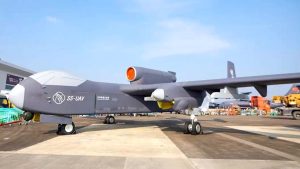
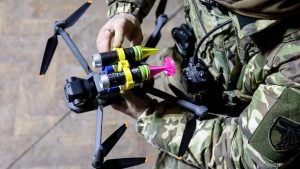

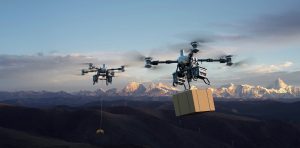
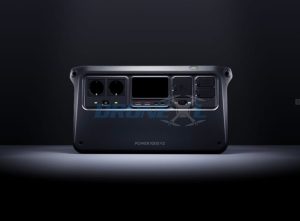



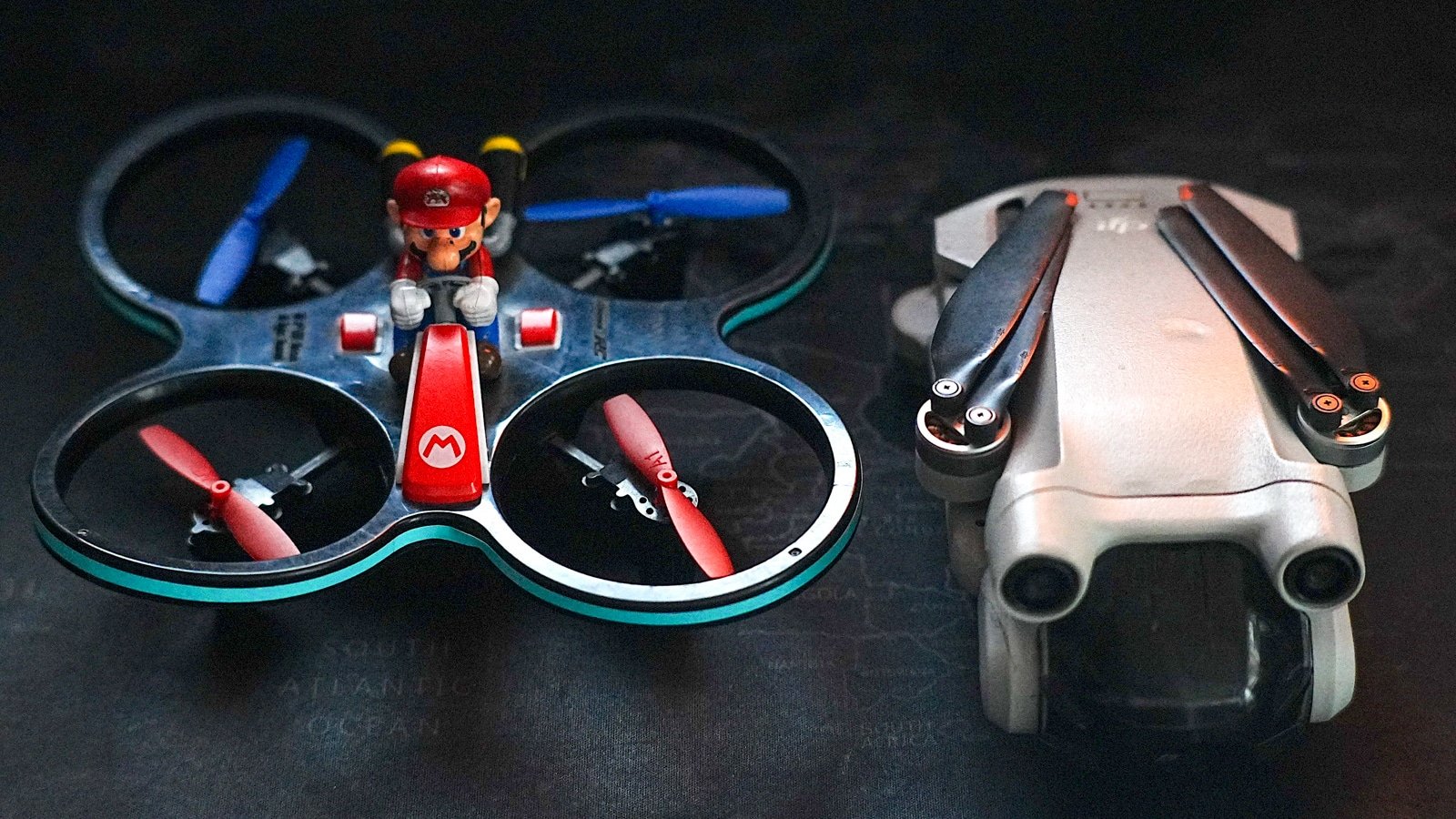
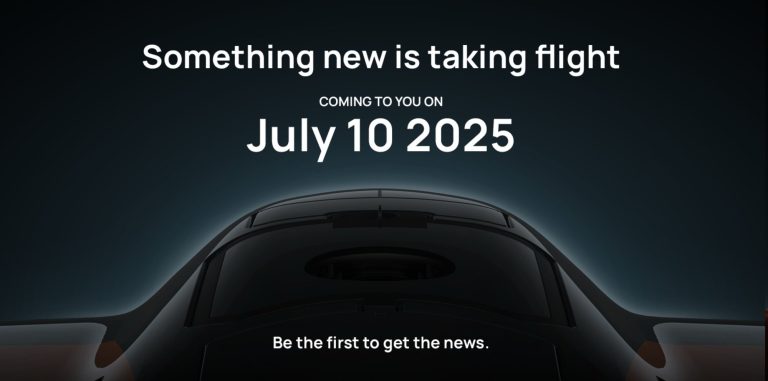
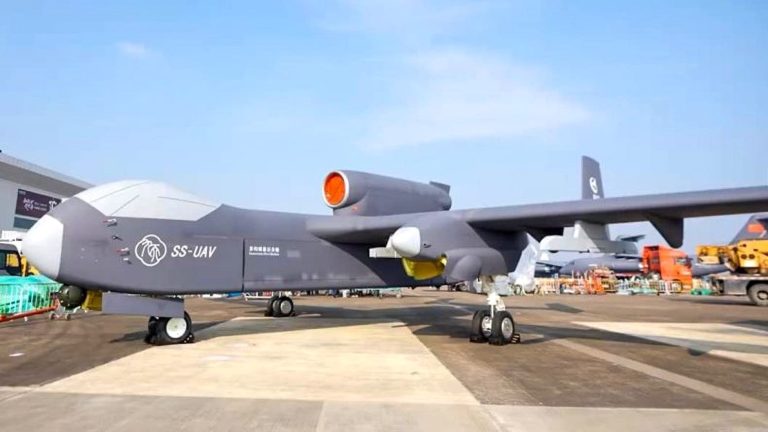

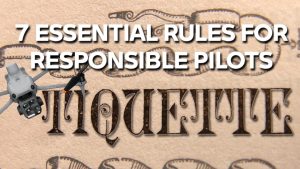
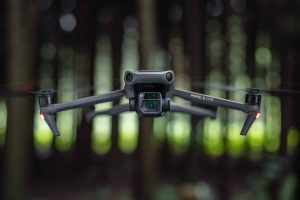
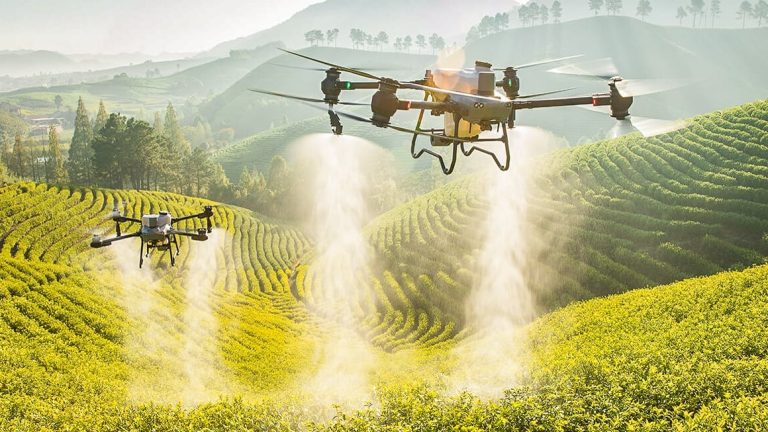
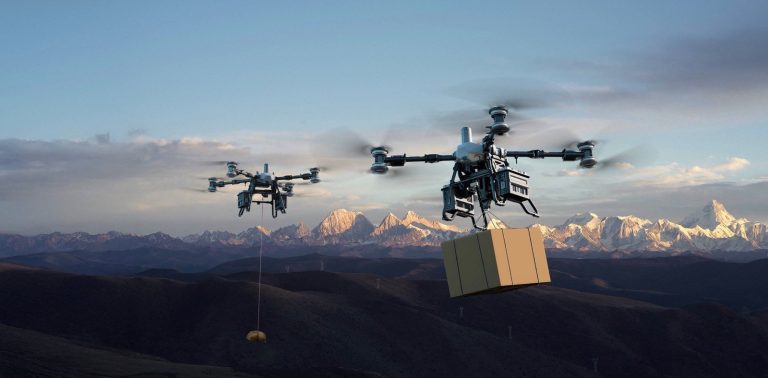

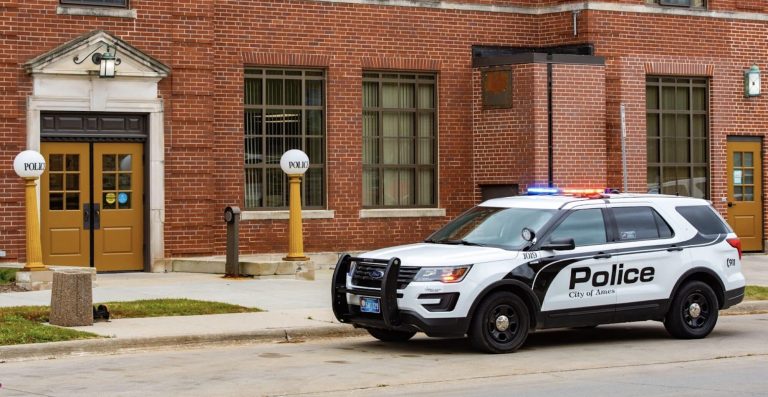

+ There are no comments
Add yours